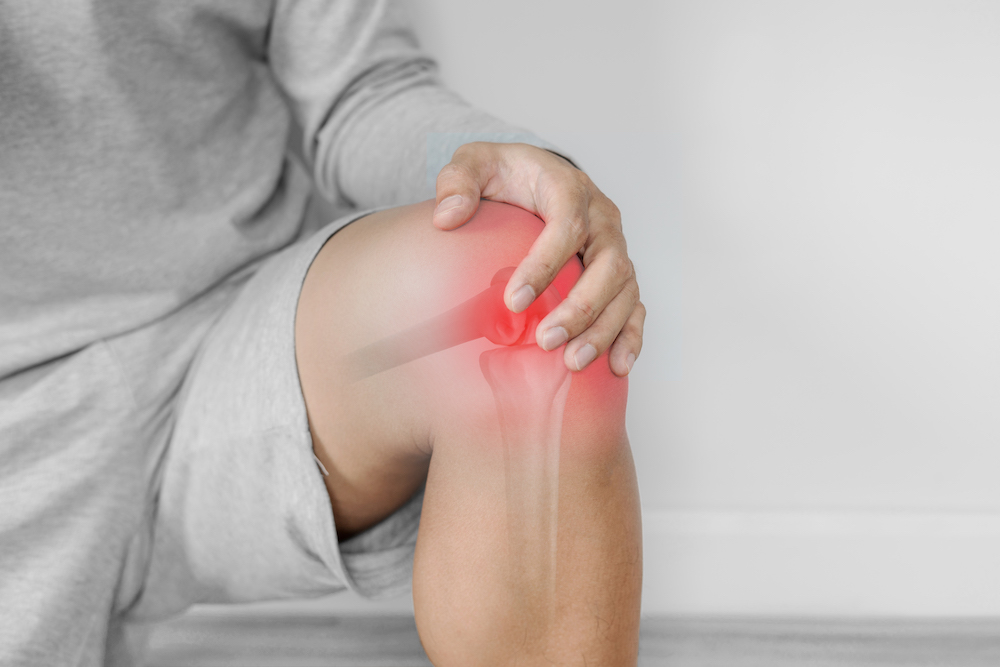Understanding acute hepatitis

You may have heard recent news reports about 169 children, including 4 in the Netherlands, being diagnosed with acute hepatitis. Three of these children underwent liver transplants in Groningen. In this article, we’ll delve into what acute hepatitis is and how to prevent it.
What is acute hepatitis?
Acute hepatitis is caused by one of the hepatitis viruses, although this wasn’t the case for the children mentioned earlier. Hepatitis refers to liver inflammation, and acquiring acute hepatitis leads to inflammation of the liver.
Symptoms of acute hepatitis
Symptoms associated with acute hepatitis include fatigue, fever, muscle and joint pain, nausea, and abdominal pain. Additionally, changes in stool, urine, eyes, and skin coloration may occur. These are symptoms you’d naturally prefer to avoid, and in rare cases, acute hepatitis can lead to life-threatening complications. Viral hepatitis can also increase the risk of liver cancer.
Prevention measures
The good news is that acute hepatitis is largely preventable by making sensible choices. It’s important to always use a condom when changing sexual partners. Moreover, avoid contact with the blood of someone who is (potentially) infected with hepatitis. This can occur, for instance, through sharing toothbrushes or shaving equipment. Even when assisting someone after an accident (think open wounds), it’s important to assess the risk of hepatitis. Otherwise, vaccination is an option for protection.
The current situation
The cause of the current surge in acute hepatitis cases among children is still unknown. The World Health Organization (WHO) has yet to determine the cause of this form of juvenile hepatitis, but doctors are advised to remain vigilant. The noticeable increase in cases is concerning, as previous years only saw around 4 to 6 cases annually. Since the beginning of this year, however, 3 children have already required new livers.
Understanding the causes of acute hepatitis and taking preventative measures can significantly reduce the risk of this condition. By staying informed and making informed choices, we can work towards safeguarding our health and well-being.


